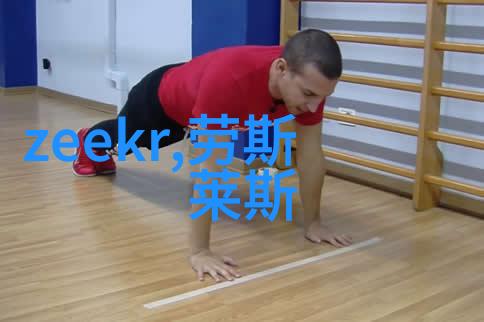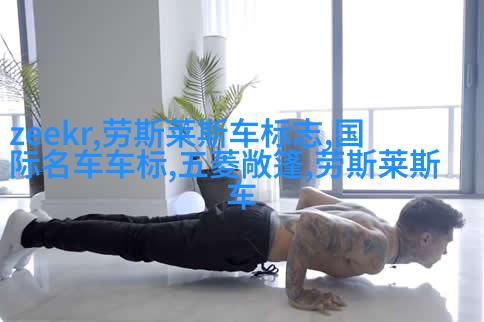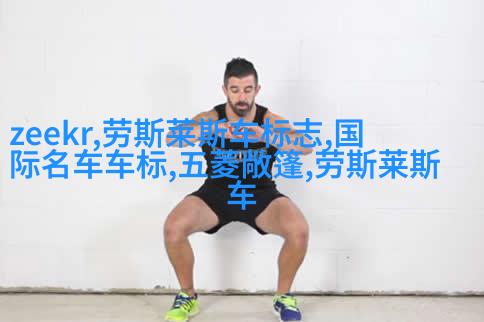Caissie glasses for childrens myopia What are the
When it comes to treating children's myopia, or nearsightedness, parents often have a lot of questions. One common question is whether Caissie glasses are a good option for their child. In this article, we'll explore the benefits and risks of using Caissie glasses for children's myopia.

First, let's define what Caissie glasses are. They're special eyeglasses that use a technology called "accommodative" lenses to help correct nearsightedness in children. The idea behind these lenses is that they can help slow down the progression of nearsightedness by reducing the amount of accommodation required to see clearly at distance.
So, do Caissie glasses work? Studies have shown that they can be effective in slowing down the progression of nearsightedness in some cases. However, it's important to note that every child is different and may respond differently to these types of lenses.

One benefit of using Caissie glasses is that they can help reduce eye strain caused by prolonged periods spent focusing on close objects such as books or screens. This can lead to fewer headaches and improved overall eye health.
Another potential benefit is that they may also reduce the risk of developing more severe forms of myopia later in life if used consistently from an early age.

However, there are also some potential drawbacks worth considering before committing your child to wearing these types of lenses full-time:
Cost: While not always expensive upfront compared with other treatments like laser surgery or rigid gas permeable (RGP) contact lenses which require regular replacement cost over time could add up due mainly because you would need multiple pairs depending on how much power changes during growth stages.
Discomfort: Some users report feeling pressure against their eyes while wearing accommodative lens designs; others find them uncomfortable when worn too long without breaks.

Dependence on Glasses: Children who rely heavily on corrective vision aids might become accustomed too strongly relying upon them instead learning proper posture habits etc., potentially leading weaker muscle strength development within eyesight systems naturally meant for maintaining focus without assistance provided through devices such as contacts & spectacle frames
It’s crucially important however not just blindly following recommendations but taking into account factors unique only applicable uniquely relevant individual circumstances - including age range at onset appearance rate rapidity increase severity degree impact lifestyle influences personal preferences ability adhere prescribed treatment plan – all influencing decision-making process regarding choice between various methods available today
In conclusion although evidence suggests positive outcomes associated with utilizing caisseye-glasses amongst pediatric populations undergoing intervention therapy aimed specifically towards mitigating progressive nature inherent within childhood-onset nearsightedness considerations must weigh carefully both pros cons prior making definitive choices tailored uniquely fitting each particular case scenario presented individually

Ultimately decisions should made after consulting professional medical advice involving ophthalmologists optometrists specialists trained handle complex matters related vision care especially when dealing sensitive matters affecting young ones' delicate visual development processes



